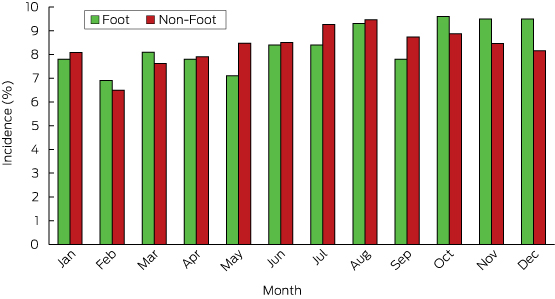Picture credit: William Perugini / Shutterstock.com
Junior doctors working in British public hospitals are set to go on strike in landmark industrial action following the failure to resolve a dispute over safe working hours and pay rates.
The British Medical Association has announced that a 24-hour strike planned for 12 January will go ahead because it remains at loggerheads with the Government and the National Health Service (NHS) over planned changes it warns will increase doctor fatigue, compromise patient safety and undermine staff retention and recruitment.
During the strike, which has the backing of hundreds of other NHS staff including nurses, health care assistants and porters, junior doctors will provide emergency care only. Similar strike action is planned for 26 January, and junior doctors are threatening full withdrawal of their labour on 10 February if the dispute is not resolved by then.
The action centres on a push by Health Secretary Jeremy Hunt to roster more doctors on the weekend and water down safeguards against excessive hours without offering any extra compensation.
The Minister’s plans were overwhelmingly rejected by junior doctors in November, when 98 per cent voted to strike. The BMA called off a strike planned for late last year and instead organised mediated talks with the Government and the NHS.
But, in a statement issued last week, BMA Council Chair Dr Mark Porter accused the Government of failing to take doctor concerns seriously.
“Throughout this process, the BMA has been clear that it wants to reach agreement on a contract that is good for patients, junior doctors and the NHS,” Dr Porter said. “This is why, despite overwhelming support for industrial action, the BMA instead sought conciliation talks with the Government; talks which were initially rejected and delayed by Jeremy Hunt.
“After weeks of further negotiations, it is clear that the Government is still not taking junior doctors’ concerns seriously.
“We sincerely regret the disruption that industrial action will cause, but junior doctors have been left with no option.
“It is because the Government’s proposals would be bad for patient care as well as junior doctors in the long-term that we are taking this stand.”
The doctors and the Government appear to be close to reaching an agreement on changes to salary arrangements, including basing pay progression on undertaking greater responsibilities and the principle of pay for all work done.
But the two sides are deadlocked on rostering changes.
To fulfil Mr Hunt’s vision for a “seven-day NHS”, the Government wants junior doctors to work to a round-the-clock, seven-day week roster without any additional compensation.
The BMA said junior doctors were willing to work with the Government on ways to realise the Minister’s goal, but “only in a sustainable way that does not make a career in medical practice in the UK less attractive”.
“This is a significant area of disagreement,” the Association said. “The BMA fundamentally rejects the idea that Saturday is a normal working day and should be paid as a weekday.”
Doctors are particularly concerned that the Government is trying to push through rostering changes without sufficient safeguards.
The BMA said patient and doctor safety must be the primary focus, and raised fears that the arrangements sought by Mr Hunt and employers could result in “extremely detrimental rotas for non-resident on-call shifts”, including forcing doctors to work the day after being on-call, without an adequate break.
It said there needed to be limits set on working hours “to ensure that patients are not treated by tired, overworked doctors”. This should include caps on hours worked per shift, the number and type of shifts worked in each rolling seven-day period, and provision for adequate breaks.
The BMA said that in addition to ensuring patient and doctor safety, such safeguards would improve the ability of the NHS to attract and retain staff.
“Ensuring that junior doctors are paid fairly for work they do in unsocial hours will go some way to addressing recruitment problems in specialties that work most intensely across 24 hours,” it said. “This is crucial in order to safeguard the future workforce of the NHS.”
Mr Hunt has condemned the proposed strike, saying it “helps no-one”.
He claimed that the only outstanding area of disagreement was cuts to weekend pay, implying the industrial action was unnecessary.
Adrian Rollins

 more_vert
more_vert



